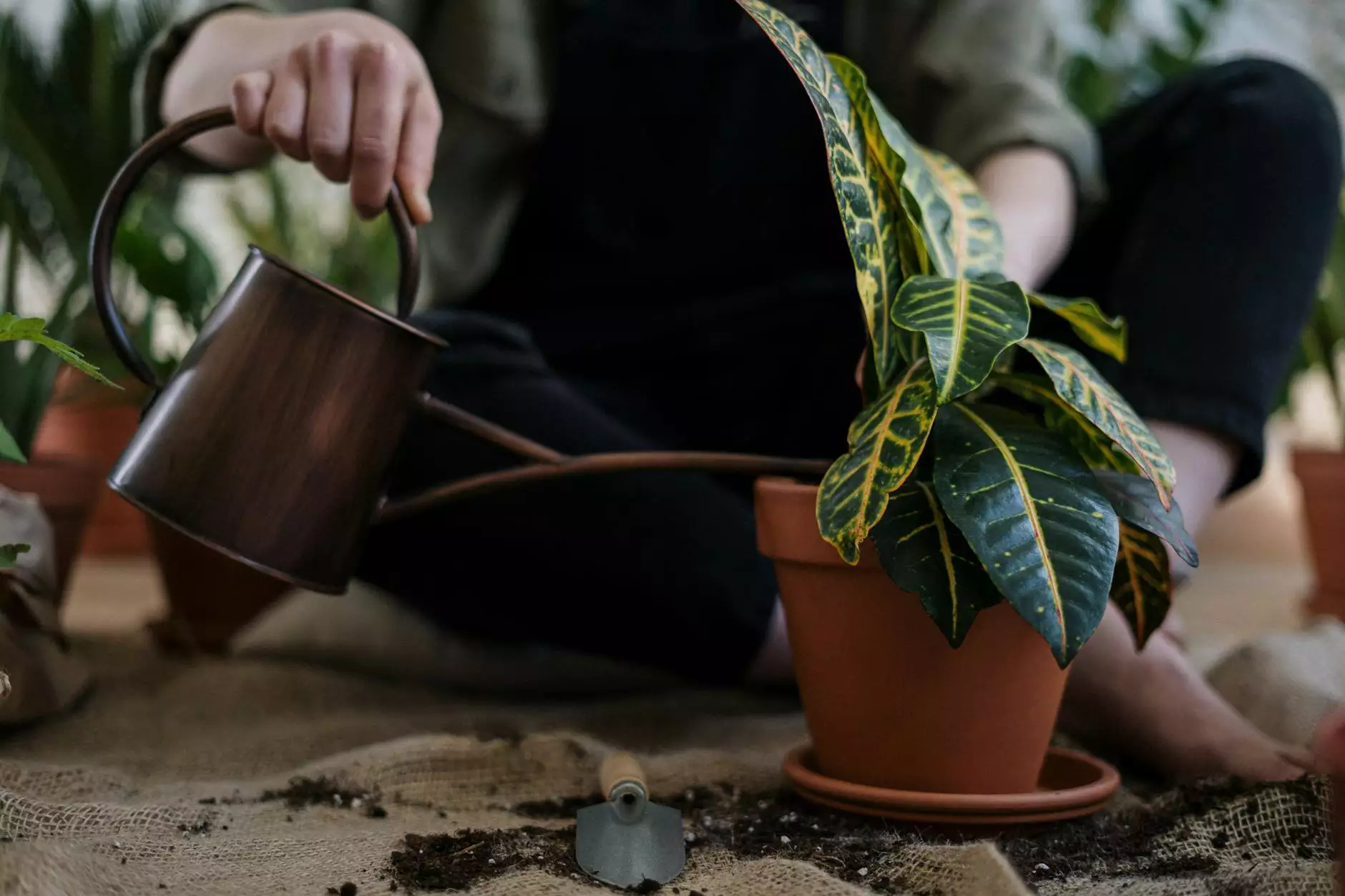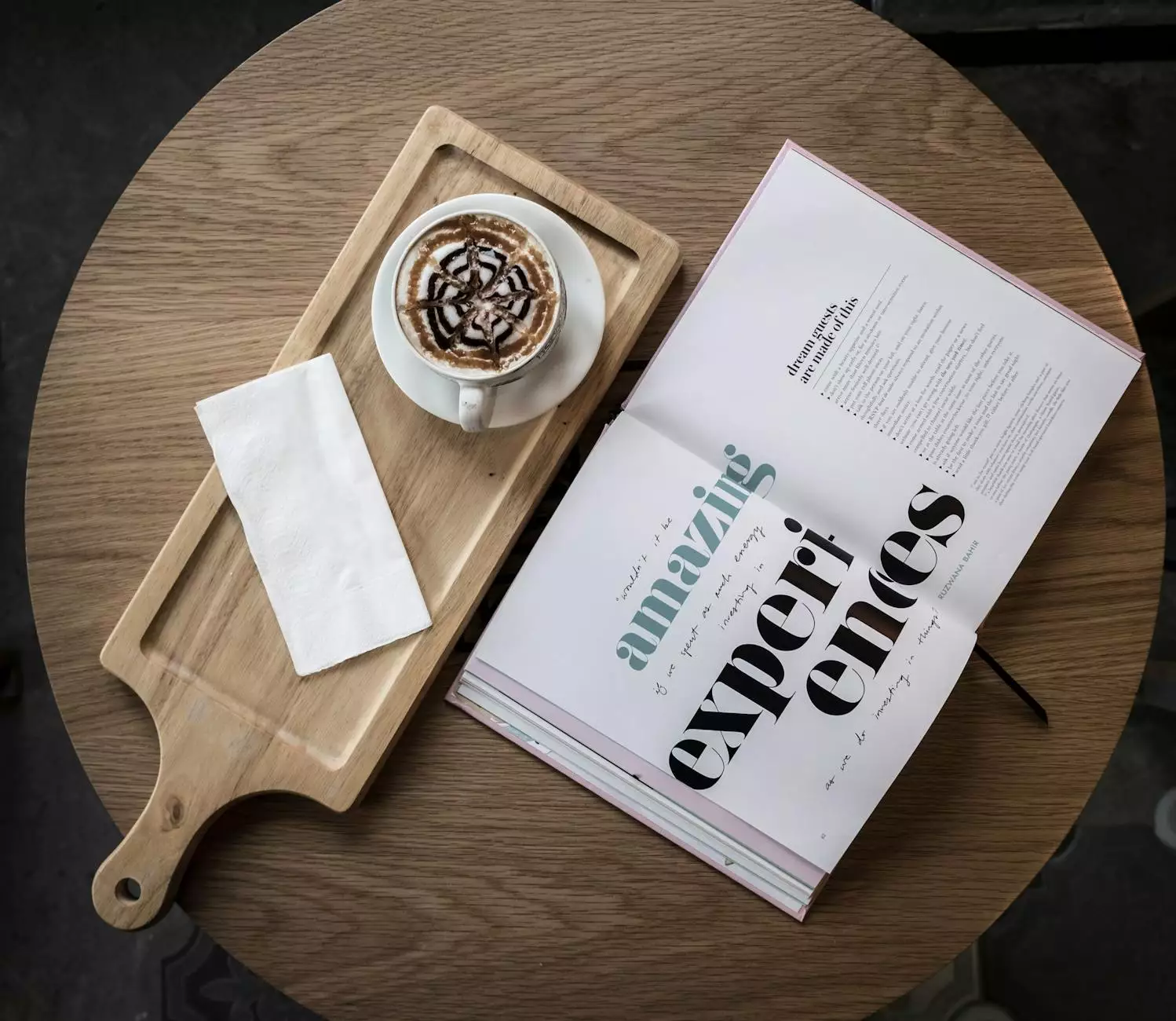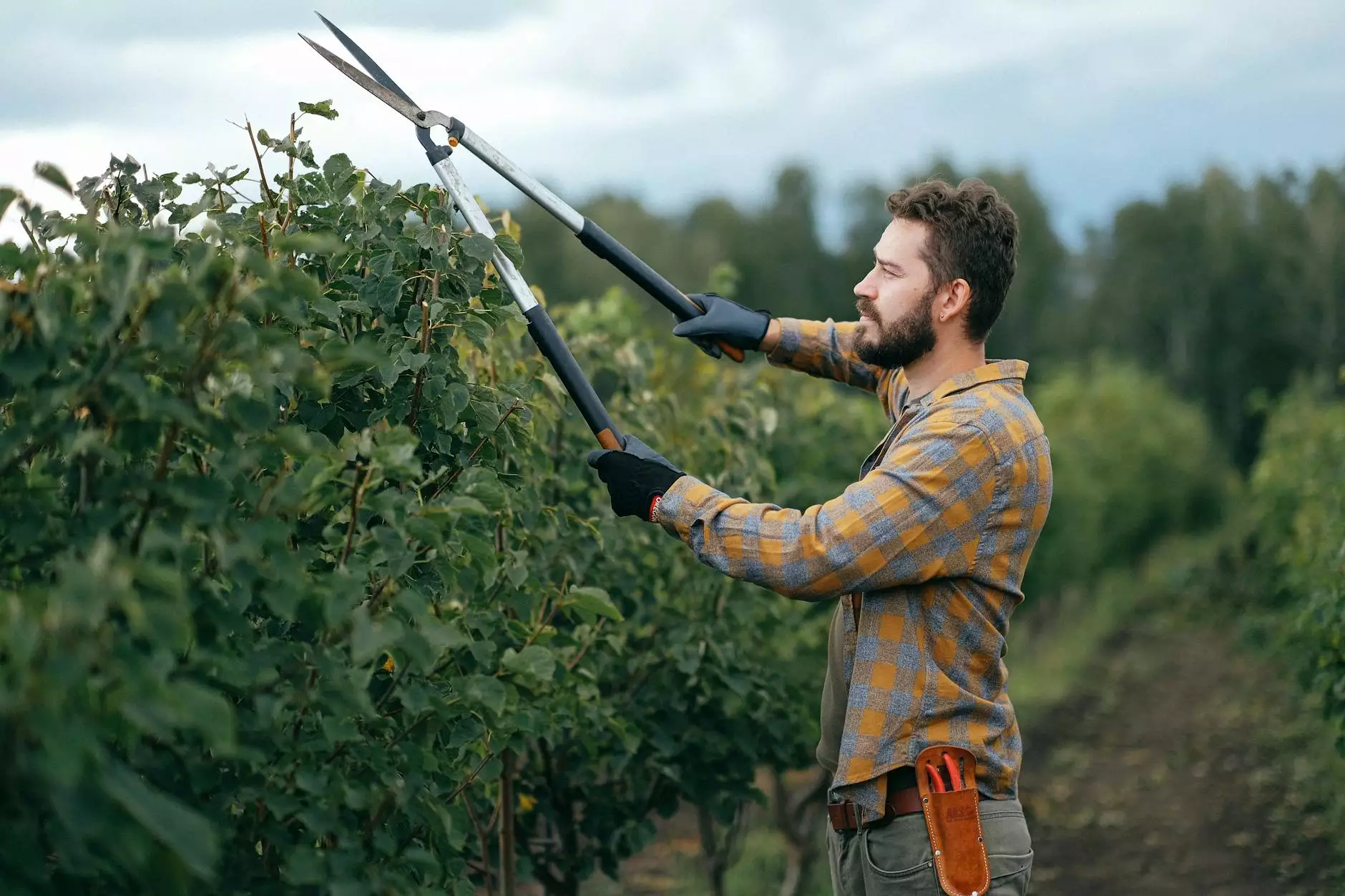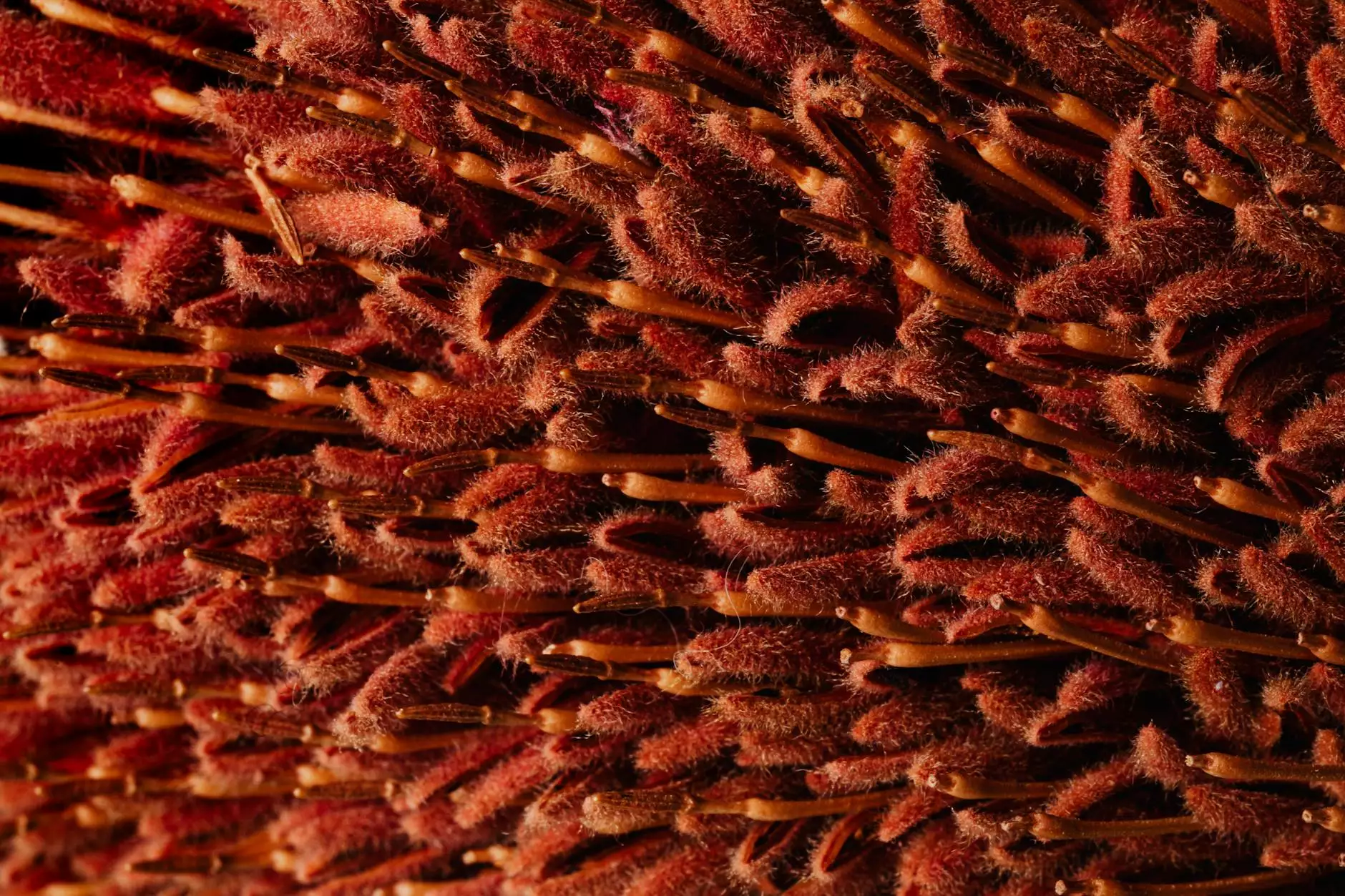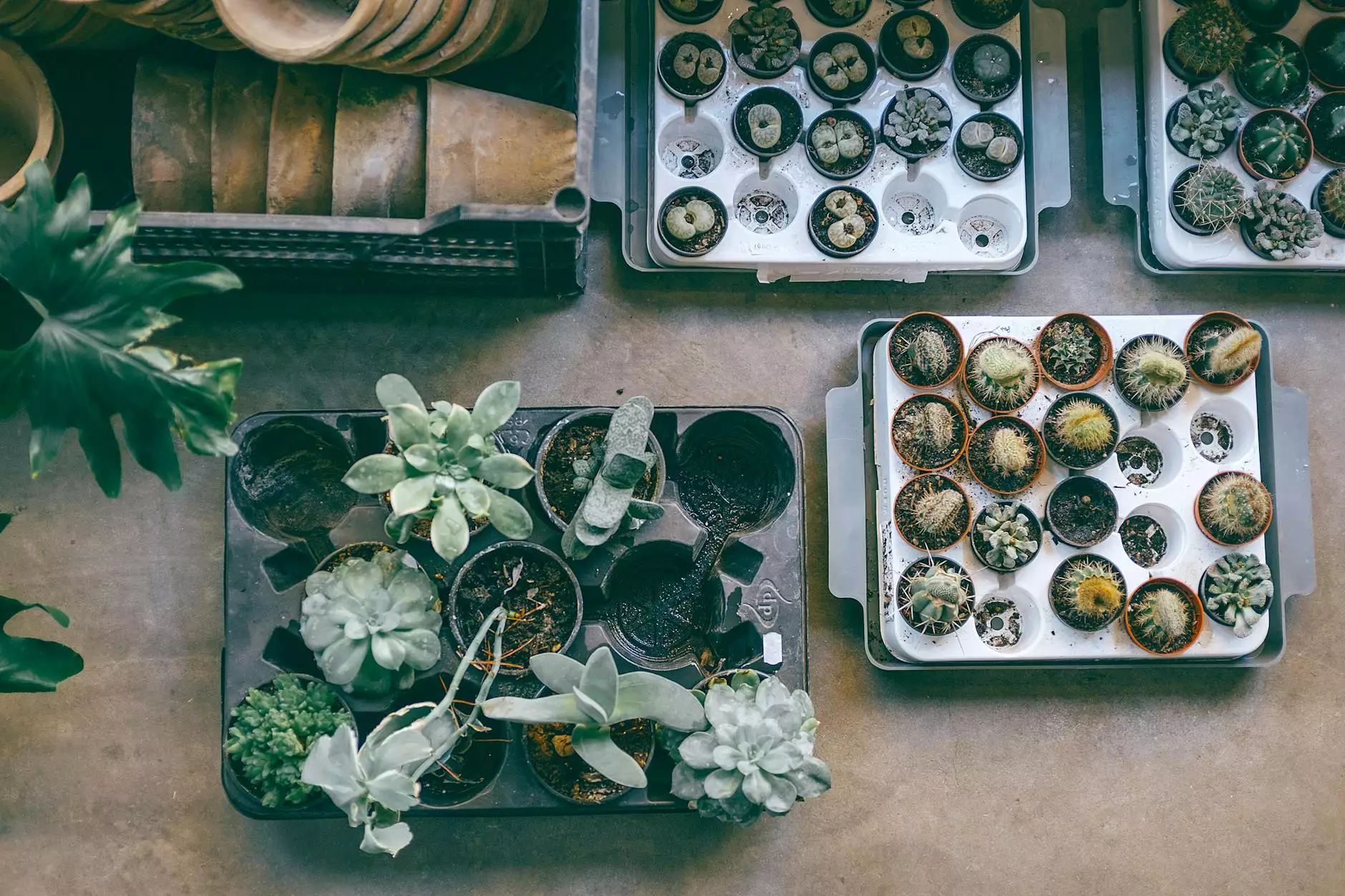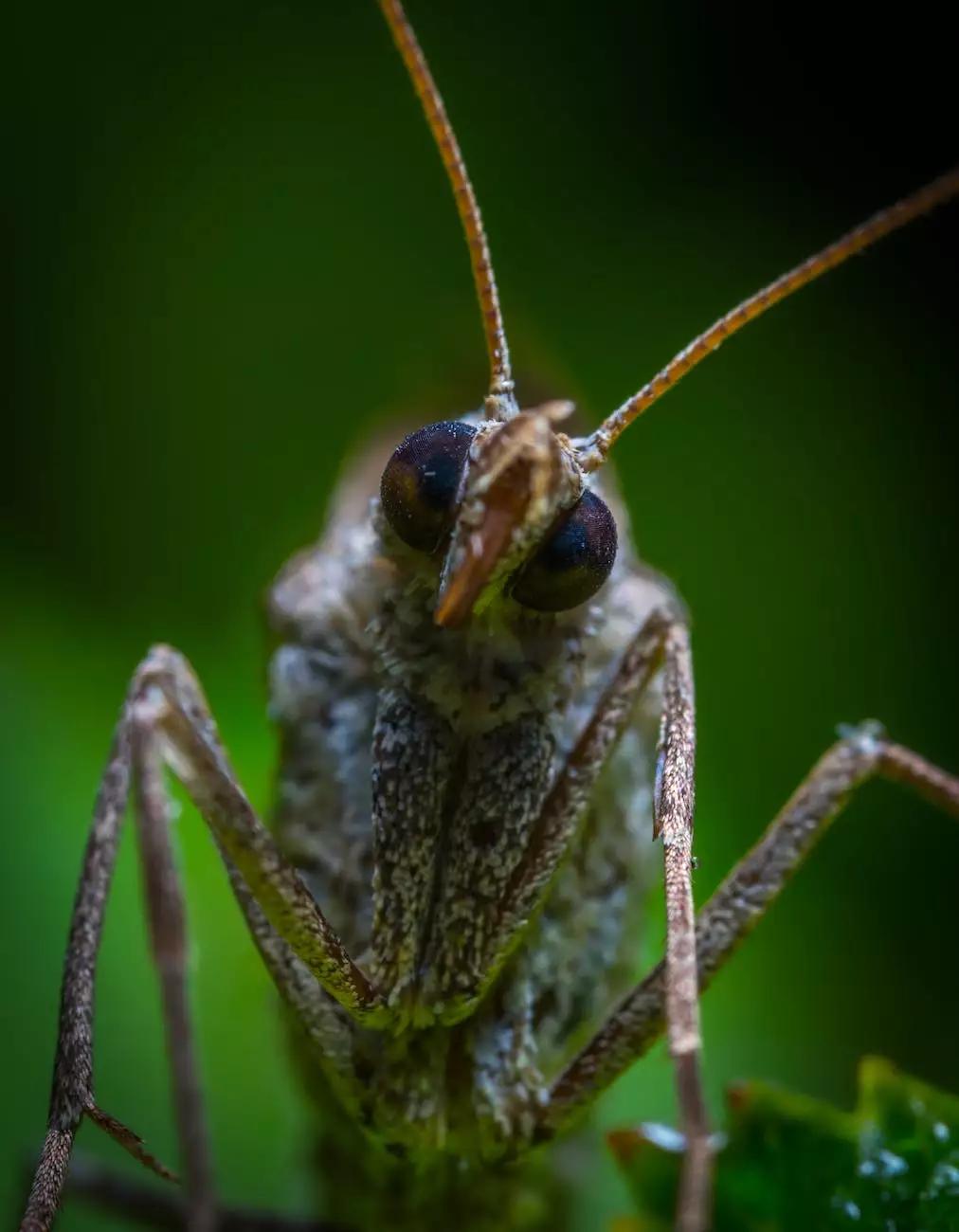How to Create a Pollinator-Friendly Garden

Welcome to La Venezia Art & Fashion, your go-to resource for all things related to creating a pollinator-friendly garden. With our expert guidance, you can transform your outdoor space into a vibrant and thriving oasis for bees, butterflies, and other beneficial insects. Join us as we share comprehensive care advice and valuable tips to ensure a healthy ecosystem in your garden.
The Importance of Pollinator Gardens
Pollinators play a vital role in our ecosystem, facilitating the reproduction of flowering plants by transferring pollen from one flower to another. By creating a pollinator-friendly garden, you not only support these essential creatures but also contribute to the overall health of the environment. A garden conducive to pollinators can enhance the biodiversity, beauty, and productivity of your outdoor space.
Choosing the Right Plants
One of the fundamental steps in creating a pollinator-friendly garden is selecting the right plants. Opt for a variety of flowers that bloom at different times throughout the year to provide a continuous source of nectar and pollen. Native plants are particularly beneficial as they have coevolved with local pollinators, ensuring a mutually beneficial relationship.
Some excellent choices for pollinator-friendly plants include:
- Wild Bergamot (Monarda fistulosa) - This attractive perennial plant produces showy lavender-colored flowers that are highly attractive to bees, butterflies, and hummingbirds.
- Eastern Purple Coneflower (Echinacea purpurea) - With its vibrant pink petals and distinctive cone-shaped center, this native flower is adored by bees, butterflies, and goldfinches.
- Butterfly Milkweed (Asclepias tuberosa) - As the name suggests, this perennial plant is a magnet for butterflies. Its fiery orange flowers offer nectar-rich sustenance.
- Purple Coneflower (Echinacea angustifolia) - Another member of the coneflower family, this plant is highly attractive to bees and butterflies, boasting stunning purple petals.
- Liatris (Liatris spicata) - This tall and slender plant features vibrant purple flower spikes that appeal to a variety of pollinators, including bees, butterflies, and moths.
Creating Pollinator-Friendly Habitats
To truly enhance the impact of your pollinator-friendly garden, it is crucial to create habitats that support the needs of pollinators throughout their life cycles. Consider incorporating the following elements:
1. Shelter
Offering shelter in the form of trees, shrubs, and even dedicated nesting areas can attract and support pollinators. Bees, for instance, often make their homes in hollow plant stems or old wood. By leaving some areas of your garden undisturbed, you provide these essential creatures with safe spaces to nest and hibernate.
2. Water Sources
Provide drinking water for pollinators by including shallow water dishes or birdbaths in your garden. Adding rocks or pebbles can assist small creatures in safely accessing the water.
3. Food for Caterpillars
If you wish to attract butterflies to your garden, it is vital to include the host plants that their caterpillars feed on. For example, the caterpillars of Monarch butterflies rely on milkweed plants for their survival. By including these specific plants in your garden, you create a safe haven for butterflies to lay their eggs and ensure the continued population of these beautiful creatures.
Implementing Sustainable Garden Practices
Creating a pollinator-friendly garden goes beyond plant selection and habitat creation. Embracing sustainable gardening practices ensures the health and well-being of pollinators, as well as the long-term sustainability of your garden. Here are some essential practices to consider:
1. Avoid Chemical Pesticides
Chemical pesticides, while effective at controlling garden pests, can have harmful effects on pollinators. Opt for natural alternatives or environmentally-friendly pest control methods to protect both your garden and the vital creatures it attracts.
2. Mulch and Compost
Mulching your garden beds with organic materials helps to retain moisture, regulate temperature, and suppress weeds. Composting kitchen scraps and yard waste provides nutrient-rich soil amendments that promote healthy plant growth, benefiting pollinators and the overall health of your garden.
3. Conservation of Resources
Conserving water and energy is crucial in creating a sustainable garden. Utilize rainwater harvesting techniques, such as installing rain barrels or creating rain gardens, to reduce reliance on traditional water sources. Additionally, opt for energy-efficient gardening tools and equipment to minimize your environmental impact.
Celebrate the Beauty of a Pollinator-Friendly Garden
By following our comprehensive care advice and implementing the tips provided, you can create a magnificent pollinator-friendly garden that not only attracts bees, butterflies, and other beneficial insects but also enriches your outdoor space with their vibrant presence. Join the movement and contribute to the conservation of these essential creatures by embracing a pollinator-friendly lifestyle today!
At La Venezia Art & Fashion, we are dedicated to providing you with the knowledge and resources needed to create and maintain a thriving pollinator-friendly garden. Explore our website for more information, tips, and advice on gardening, art, and fashion. Together, let's make a positive impact on our environment!


